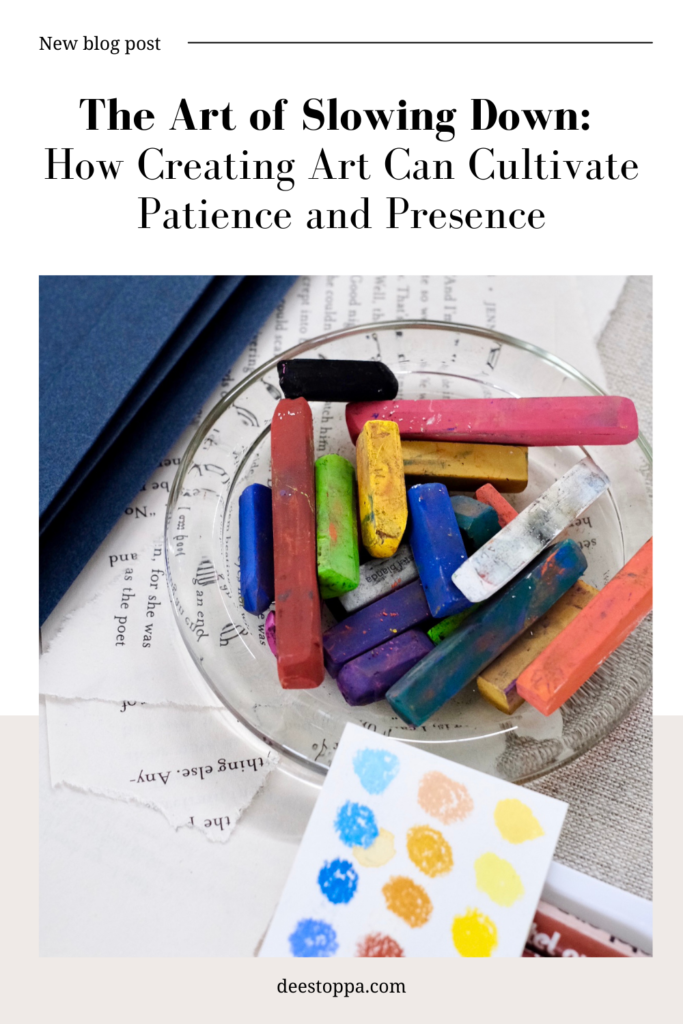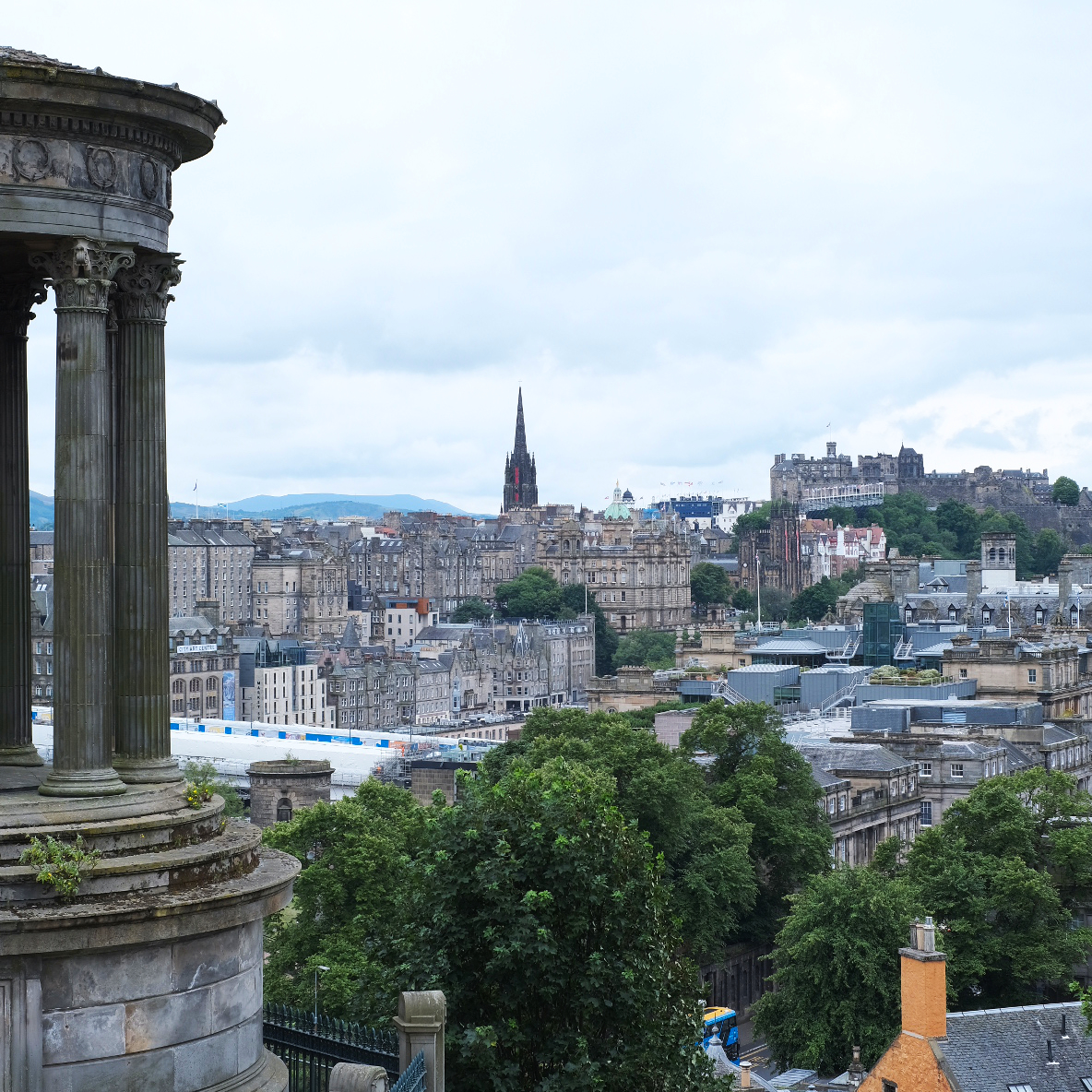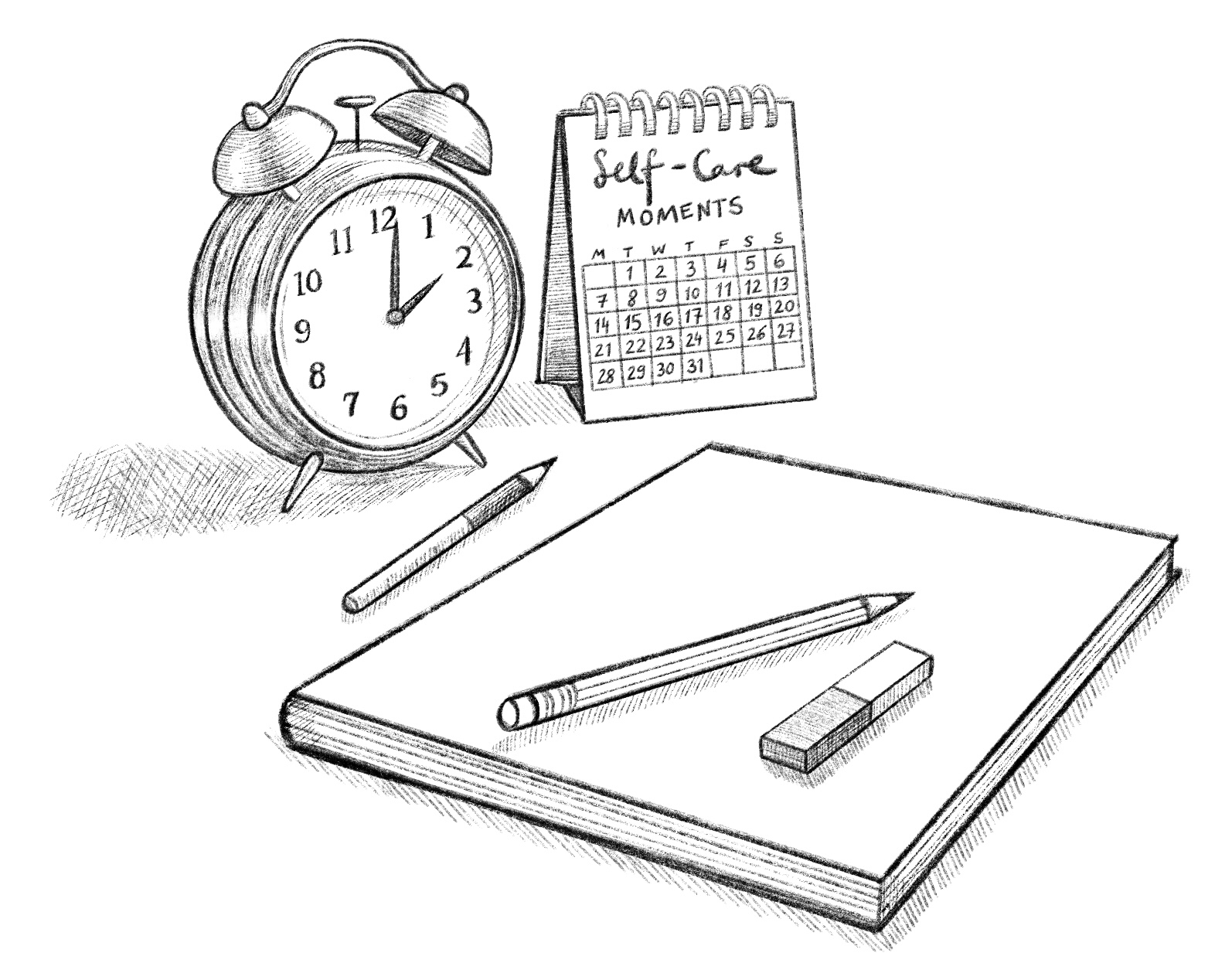In today’s fast-paced world, where everything seems to move at lightning speed, the concept of slowing down can feel almost revolutionary. We’re constantly bombarded with information, deadlines, and the pressure to keep up. But what if there was a way to break free from this cycle and find a moment of calm amidst the chaos? One powerful tool for cultivating patience and presence is the practice of creating art. Whether you’re an experienced artist or a complete beginner, engaging in slow, deliberate art-making can help you reconnect with the present moment and develop a deeper sense of inner peace.
The Need for Slowing Down
Our society often equates speed with productivity and success. We’re encouraged to do more, achieve more, and constantly push ourselves to the next level. However, this relentless pace can take a toll on our mental and physical health, leading to burnout, anxiety, and a sense of disconnection from ourselves and the world around us. Slowing down isn’t just about taking a break; it’s about shifting our mindset to value the process over the outcome, and to embrace the idea that taking time is not wasted time.
Art offers a unique opportunity to practise this shift. The act of creating something with our hands forces us to slow down, focus, and be fully present. Unlike many activities that demand speed and efficiency, art rewards patience. It encourages us to immerse ourselves in the moment, to pay attention to details, and to experience the flow of time in a more intentional and mindful way.
The Therapeutic Benefits of Slow Art Practices
Engaging in slow art practices can have a profound impact on our mental and emotional well-being. Here are some key benefits:
- Cultivating Patience: In a world where instant gratification is the norm, patience can feel like a rare commodity. Slow art practices, such as drawing intricate patterns, painting detailed scenes, or sculpting, require time and careful attention. These activities teach us to be patient with ourselves, to accept that progress can be gradual, and to appreciate the beauty of the unfolding process.
- Enhancing Focus and Mindfulness: Creating art requires concentration. When we focus on the task at hand—whether it’s mixing colours, shaping clay, or sketching a line—we naturally enter a state of mindfulness. This focus helps quiet the mind, reduce stress, and bring our awareness back to the present moment. The repetitive, rhythmic nature of many art practices can also be meditative, helping to calm the mind and promote a sense of inner peace.
- Reducing Stress and Anxiety: Slow art practices can be incredibly soothing. The tactile experience of working with materials like paint, clay, or paper can be grounding, helping to reduce stress and anxiety. The act of creating something with our hands engages our senses and pulls us away from the constant chatter of our minds, allowing us to relax and decompress.
- Building Resilience and Emotional Balance: Art-making can be a powerful way to process emotions and build resilience. The slow, deliberate nature of these practices encourages introspection and self-reflection, helping us to explore our feelings in a safe and non-judgmental way. This can lead to greater emotional balance and a deeper understanding of ourselves.
- Fostering a Sense of Achievement: While the focus of slow art practices is on the process rather than the end result, there’s still a sense of accomplishment that comes from completing a piece of art. This can boost self-esteem and provide a tangible reminder of the benefits of slowing down.
Examples of Slow Art Practices to Try
If you’re new to the idea of slow art, here are a few practices to get you started:
- Mandala Drawing: Mandalas are circular designs that symbolise wholeness and unity. Drawing a mandala can be a meditative experience, as it requires focus and attention to detail. Start with a simple circle and gradually add patterns and shapes, working from the centre outward. There’s no right or wrong way to create a mandala—allow yourself to be guided by your intuition and enjoy the process.
- Calligraphy or Hand Lettering: Calligraphy and hand lettering involve creating beautiful, stylised letters and words. This practice requires a steady hand and patience, making it a perfect way to slow down and focus. As you form each letter, pay attention to the flow of the pen, the pressure of your hand, and the rhythm of your breath.
- Watercolour Painting: Watercolour painting is a delicate and unpredictable medium that encourages you to embrace the unexpected. The fluidity of watercolours can teach you to let go of control and be present with the process. Start with simple washes of colour, experimenting with how the paint interacts with water and the paper.
- Pottery and Clay Sculpting: Working with clay is a tactile, grounding experience that connects you with the earth. The process of shaping, moulding, and refining clay is slow and deliberate, requiring you to stay present and engaged. Whether you’re creating a simple bowl or an intricate sculpture, the act of working with your hands can be incredibly calming.
- Embroidery or Needlework: Embroidery and needlework are age-old practices that require precision and patience. The repetitive motion of stitching can be soothing, while the process of creating detailed patterns and designs encourages focus and mindfulness. Choose a simple design to start with, and let yourself get lost in the rhythm of the needle and thread.
Integrating Slow Art into Your Daily Life
Incorporating slow art practices into your routine doesn’t have to be time-consuming or difficult. Start by setting aside a few minutes each day to engage in a creative activity that you enjoy. This could be as simple as doodling in a sketchbook, colouring a mandala, or working on a small embroidery project. The key is to approach these activities with a sense of curiosity and openness, without worrying about the final product.
Consider creating a dedicated space in your home for art-making—a quiet corner where you can retreat to create and reflect. Surround yourself with materials that inspire you, and allow yourself to explore different mediums and techniques at your own pace.








